This year will be the first year that an entire graduating class of Koh Ker Primary School alumni will continue onto High School in Siem Reap. But in order to truly know where they are going, you must first understand where they have been.
Before 2004 there was no school in Koh Ker Village; only a woman with a Grade 3 education tracing the alphabet in the dirt to the 40 young children in her village healthy enough to learn. Sieng Ry held the highest level of education in her village after decades of war left her community to start over with nothing. There were 40 students who wanted to learn, and she was the only one who felt strongly enough to do something about it.
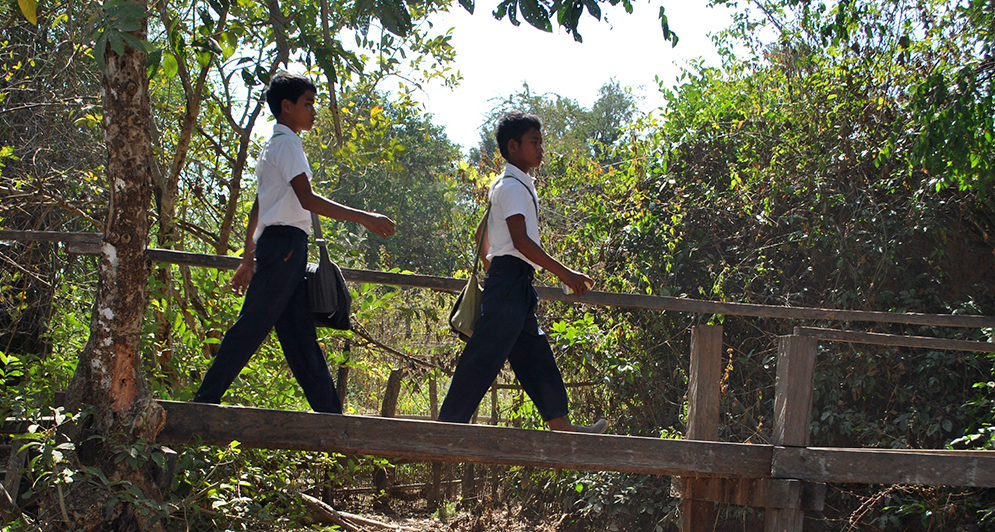
It wasn’t until late 2004 that Koh Ker Primary school was opened. A Japanese NGO had come to town, built a school building for Grades 1-3, and then left. It was Ponheary who led the way to bring PLF’s work to the students of Koh Ker in 2006. Her deep instincts as a teacher pushed her to wonder why the young children begging for spare change at the nearby temples weren’t attending school, a voice within reminding her that “even though the tree is dead, there is still fruit hanging on it.”
By 2009 we had built a building for Grades 4-6, hired enough teachers to teach the full primary school curriculum, and raised enrollment to over 100 students. This was the first year we had Grade 6 graduates: four bright young girls. The following year there were 8 more graduates, and together those 12 students wanted desperately to continue to secondary school. Of course, when the nearest secondary school is 20km away, this is easier said than done. In 2010 we found a piece of land directly across from the Middle School in Srayang that had one wooden house on it and bought it. We had no idea how we would support this house or the students who would live in it, but we had every faith that somehow doors would open, opportunities would surface, and that nothing would stand in the way of the determination of these girls. If they could be that hopeful, the least we could do was be hopeful with them. So, we gathered our gumption and moved forward.
In 2012, one young woman at the dormitory became the first student from Koh Ker village to ever graduate from Middle School in Srayang. In 2014, another young woman became the first student from Koh Ker village to continue beyond Grade 9 to study at High School in Siem Reap, and four more students were accepted into vocational training programs in chef school, motorbike repair, and hospitality. Slowly but surely a path forward from the village emerged, each student striding forth to where no one from their homeland had ever stepped.
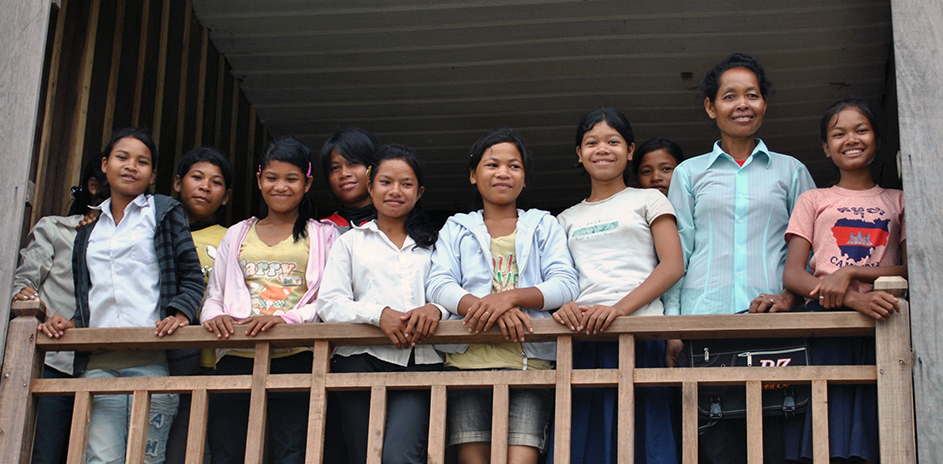
Sieng Ry (second from right), who is now the housemother at the dormitory, pictured with the first generation of Middle School students to study in Srayang
In 2016, our first boy from the dormitory made the jump to study at High School in Siem Reap, and here’s where we started to see a change. In the beginning we had a strict academic requirement for students to continue onward to high school. They needed to be at the top of their class, we said, in order to meet with success at the more academically rigorous schools in Siem Reap. So far only one student had met that requirement and was thriving in Grade 11, seemingly proving our point. We had assumed that any student who wasn’t at the top of the list wasn’t trying hard enough, or lacked a strong academic character.
And you know what? These students are coming from an area where the elders in their community’s views on education were “I’ll allow it, but I won’t support it”. Getting through Grade 9 in Srayang is a giant move in the right direction, and this was a clear goal that we are overjoyed to see our students meeting. Those students who fare well in Middle School but do not continue to Siem Reap return back to their village a different sort of person – one who has spent the formative years of their lives in a violence-free environment with no food insecurity and among peers who are committed to the same goal of receiving an education. Their value of education is immeasurably higher than that of the generation before them, and for every student who does not continue forward, their children and grandchildren will be the ones to do so because they will grow up with parents who will encourage them to study.
And these successes hold true with the core of our mission. We are not here to build our house at once, we are here for the long haul. Our approach as an organization is rooted in sustainability; in moving forward at a pace that is set by the communities we support and in taking care not to skip any of the steps that are necessary to fostering a solid base. As Ponheary has always said: “We will educate our children. We will do it one by one, step by step.”
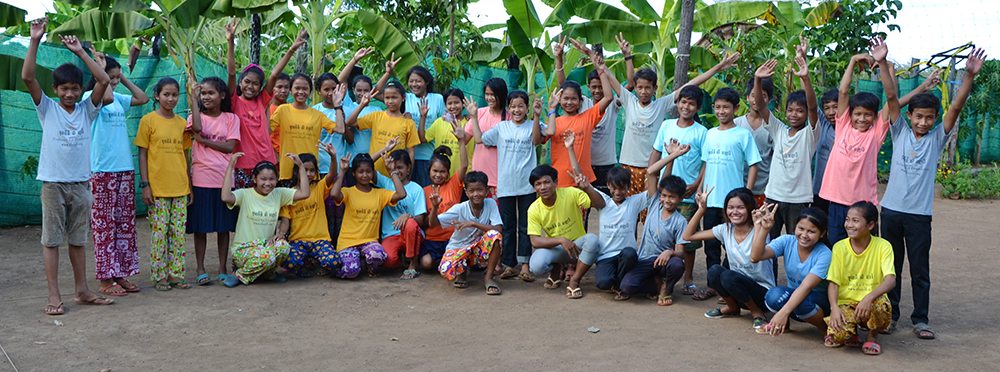
PLF students studying in Grades 7-9 at the Srayang Dormitory in 2016
It is no secret that public schools in rural areas pale in comparison to the quality of schools in urban settings. Students from areas like Koh Ker are born into a society that is miles upstream from those living in cities. They make up the forgotten population of those living in rural Cambodia, the 80% of Cambodians whose numbers get skipped over because there simply aren’t enough services in place to care for those who are living the way their ancestors did: as subsistence farmers. So we had to start at the beginning with goals like basic literacy, a skill that the parents of the students we work with had not had the privilege of learning. There are now 82 students who have reached Middle School over the course of the 7 years we have had the dormitory in operation, and the education those students have received in that time stretches far beyond their classrooms.
In addition to offering supplementary English classes, workshops, and group activities, the dorm serves as an important milestone. For students who are 11-14 years old it’s a step of independence, but one that is close enough to be able to return home on weekends to spend time with family and assist them during the planting and harvest seasons. Their time spent at the dorm falls at a period of great physical and emotional development in one’s life, and we see every 9th grader who graduates from the dorm carry themselves with a sense of agency that the 7th graders haven’t yet discovered within themselves. It would be an enormous leap to send a student from Grade 6 to Siem Reap to continue their studies. Allowing them three years in Srayang provides enough space for each student to grow, and enough time for us to see which ones have the grit to continue. It is another brick in the foundation of our house, and it means that when those students do make the leap they will know how to fly.
We took a chance with that first boy in sending him to Siem Reap. He didn’t quite hit ‘the mark’ but he came the closest, and he had demonstrated great character in his will to continue studying. It was important for us to show to the students studying below him that another person from their village could go forward. So together with those students we once again placed our hope in the determination of our students.
Today, the first ever Grade 9 graduate of Srayang dormitory, Sareng, is now the librarian at Koh Ker Primary School. Behind her came Channy, the first ever student to continue beyond Grade 9. She is headed to University in Phnom Penh next year to study journalism. Non, who followed in her footsteps, began his first month of High School ranked 42nd in his class. He will finish Grade 10 this year ranked 7th out of 67 students. It has been a long road for these first three students to tread where no one from their village has gone before, but in achieving these great successes they extend an arm of encouragement to those behind them simply by proving that it can be done. This year is the perfect example.
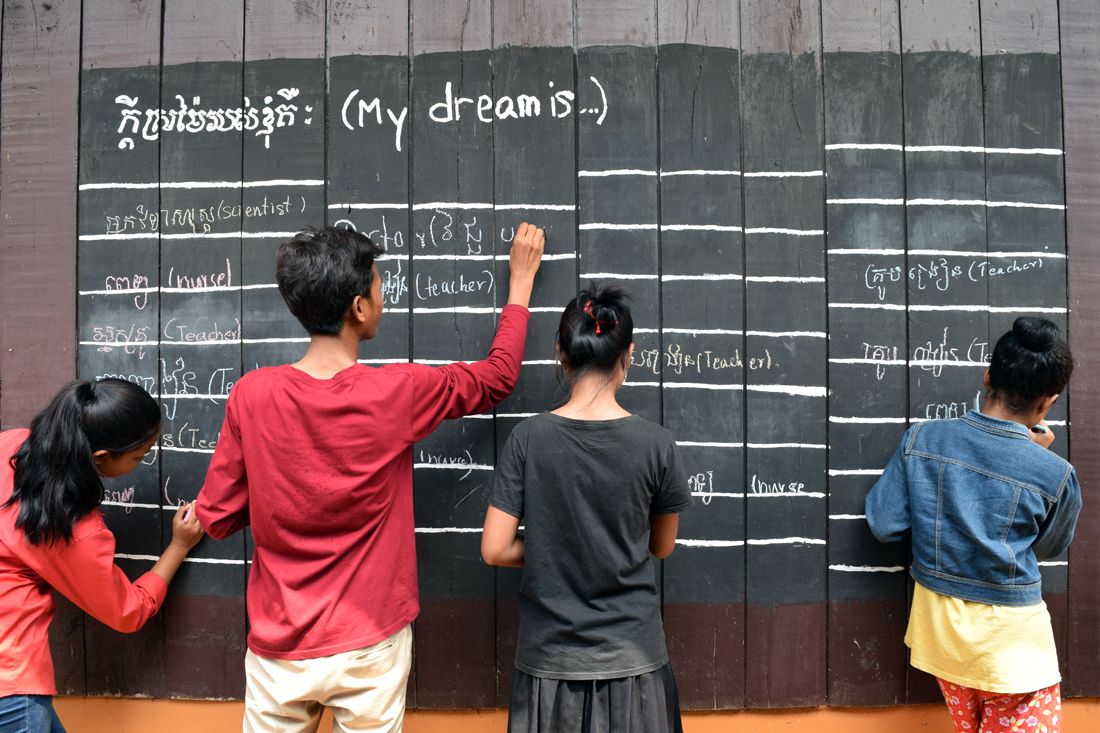
If you ask these first three students who their role models are, they will pause. It’s an odd question to ask someone who is standing in a place where no one from their village has stood before. Because honestly, who did they have to look up to? They will tell you that they are thankful for their teachers, like Sieng Ry, who pushed them to reach heights they themselves had never reached. Perhaps they will speak of their parents, who encourage their child’s commitment to education now that they see how far it can take them. These first three students stand encircled by those who support and believe in them, but they are at the the front of the line. They are the example. Ask this year’s group of Grade 9 graduates, these seven bright young students who are headed to Siem Reap to continue onto High School, who their role models are, and this is the first year that they each have someone to point to.
It will be our greatest experiment ever, sending every student who can pass the Grade 9 exam to study in High School. But if all seven of these students do well then we will know for sure that making smart decisions doesn’t always mean basing them off the numbers. In the NGO world we spend much of our time talking about monitoring and evaluating quantitative data, but in the real world there are some things you just can’t measure. Who are we to say that grit isn’t as much of a measurement of future success as a score on a national exam? These students passed the same exam that Grade 9 students across the country sat for, and that is a serious accomplishment for a student learning at a rural public school, regardless of how much we supplement that instruction. It is a constant balancing act between respecting the wishes of our donors and serving the needs of our students, and this new direction is something we see as serving both of those needs.
Grit is about perseverance. It’s not just about working hard for today and tomorrow but hunkering down and working for months, years, to meet the goals of your future. It’s the way that we, as an organization, view our work, and it’s the way we see our students embodying these successes.
And this is the way we learn – by putting our strongest intuitions to the test.
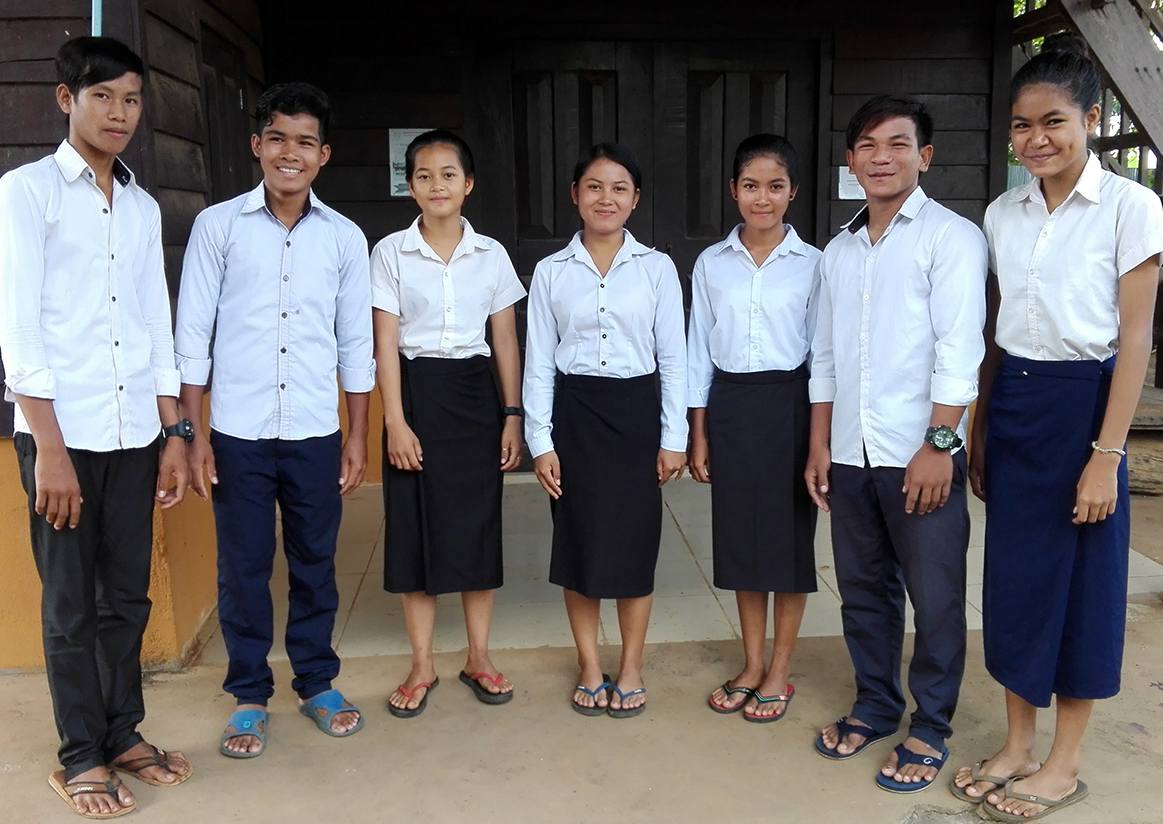
This year’s Grade 9 graduates at the Srayang Dorm, all of whom will continue on to High School in Siem Reap
“Get Real” is part of a regular series of posts from Ponheary, Lori, and Hannah about real challenges we face daily in the operation of Ponheary Ly Foundation.

Recent Comments